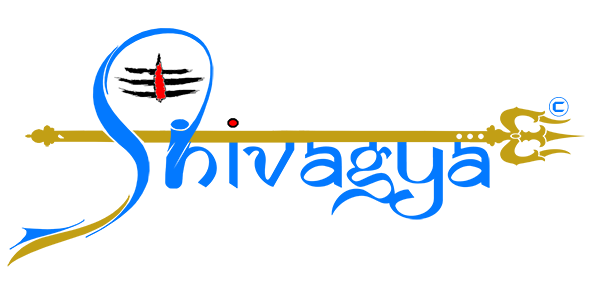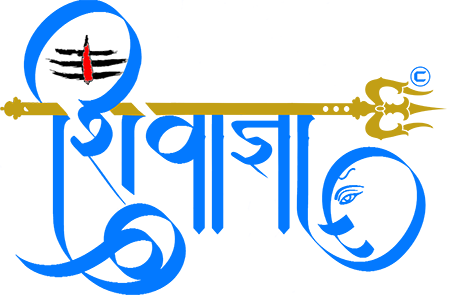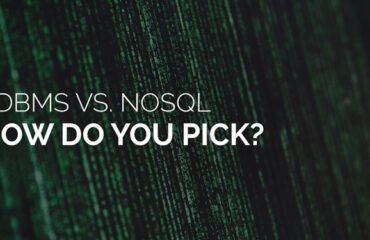Cloud Computing Models
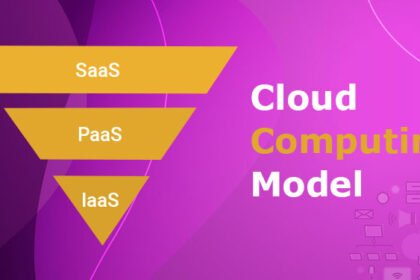
Cloud computing models as we aren’t very a good deal clean with simple cloud principles, its architecture, and pros & cons, permit’s take a look at some cloud computing fashions and associated business values.
Cloud computing fashions may be mapped with layers of commercial enterprise fee pyramid as proven under diagram:
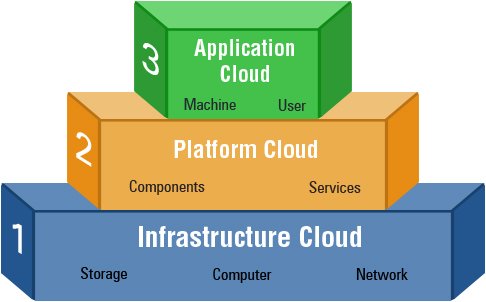
Infrastructure as a Service (IaaS)
The infrastructure cloud provides garage and computes assets as a service that may be utilized by builders and IT agencies to supply business answers. Iaas has advanced from the digital non-public server (VPS) idea. It presents complete flexibility to customers in choosing computer systems, servers, or network resources. Consumers can personalize the entire infrastructure package with the aid of selecting CPU hours, garage area, bandwidth, and so forth. In preference to buying pricey servers and taking the headache of putting in the facts facilities, the IaaS cloud enables the commercial enterprise in decreasing IT CAPEX and OPEX by using big shares. Iaas consists of sub-classes: public, non-public, and mixture. The general public cloud consists of shared resources, managed with the aid of the Service vendors. By using comparison, a private cloud presents comfy access in your sources and controlled via the organization it serves. Each internal and external Service maintains the hybrid cloud. Iaas provides value to businesses through enterprise agility; fee discount; reliability, scalability; privacy & governance; and unmarried integrated user revel in.
Basic characteristics of IaaS:
- Sources dispensed as a provider
- Dynamic, on-call for scaling of sources
- Application-based pricing model
- Concurrent users on a single piece of hardware
Platform as a Service (PaaS)
Platform as a Service (PaaS) subsequent level up within the pyramid is the platform cloud. PaaS delivers development/working environments as a service. It includes a set of equipment and offerings designed to make coding and deploying the programs fast and successfully. PaaS is much like SaaS besides that, as opposed to being software introduced over the net, it is a platform for the improvement/deployment of that software program, delivered over the net. Top examples encompass salesforce.com’s force.com, Azure from Microsoft, and Google App Engine.
Basic characteristics of PaaS:
- Single surroundings to expand, test, install, host, and keep programs
- Web-based totally UI designing gear to create, regulate, take a look at and install exceptional UI situations
- Multi-tenant architecture facilitating concurrent customers
- Load balancing, protection, and failover skills for the utility to be deployed
- OS and cloud programming APIs to create new apps for the cloud or to cloudify the modern-day apps
- Equipment to address billing and subscription
Software as a Service (SaaS)The topmost layer of the pyramid is a useful layer or SaaS layer. This type of cloud gives you a single utility through the browser to multiple customers using a multitenant structure. With SaaS, a provider sells an application to customers on a license foundation, in a “pay-as-you-go” model. On the Patron aspect, they do no longer ought to do upfront funding in servers or software improvement; at the company facet, with simply one app to maintain, costs are low as compared to traditional hosting. Salesforce.Com, CRM, ERP because the most commonplace examples of SaaS-based programs.
Characteristics of SaaS:
- Centralized web-based totally get entry to enterprise and industrial software
- Complete business technique shifting to cloud giving advanced services to the customer
- No trouble with software enhancements and patches as they’re managed with the aid of the service issuer
- Application programming interfaces (APIs) permit integration with one of a kind programs
